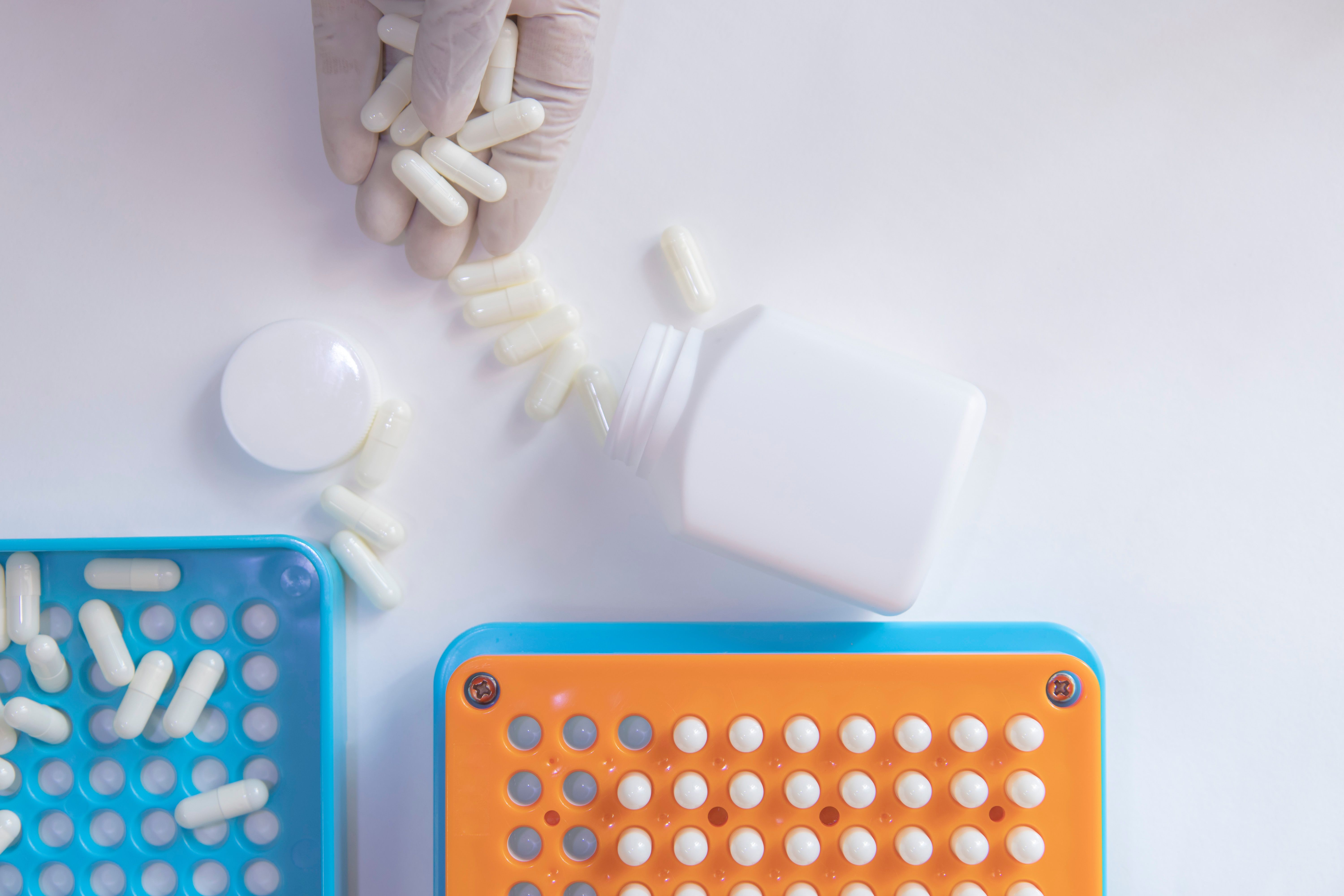Article
Novel Treatment May Prevent Diabetic Neuropathy
Author(s):
A genetic modification prevented neuropathy in obese mice with diabetes.
Depleting the chemical GM3 was found to prevent the development of neuropathy in obese mice with diabetes in a recent study.
It’s estimated that about 25% of patients with type 2 diabetes suffer from numbness and extreme nerve pain in their feet. With few treatment options available for patients suffering from neuropathy, new findings from a study published in Molecular Pain could potentially prevent, or reverse diabetic neuropathy.
“We have such terrible treatments right now for the neuropathy of diabetes,” said corresponding study author Amy Paller. “We’re basically only treating the pain. This is a novel pathogenesis-based approach that looks at what’s causing the neuropathy and reverses that instead of just treating the pain.”
During the study, researchers applied a gene therapy ointment to the footpad of diabetic mice to deplete GM3 and GM3 synthase, the enzyme that makes GM3. The authors noted that this type of neuropathy goes beyond the typical numbness that some patients with this condition experience.
“It’s not that you just don’t have sensation in your feet,” said first study author Daniela Menichella. “You have shooting pain, which is the unbearable part. Pain is a debilitating affliction and one of the worst complications of diabetes.”
Prior to this treatment, researchers discovered that routine diabetic mice had significantly more GM3 and GM3 synthase in their nerves compared with normal mice. These same findings were seen in the skin of both humans and mice with diabetes.
Next, researchers compared the function and appearance of the nerves in mice, which had GM3 depleted by genetic manipulation. In routine diabetic mouse skin, the nerves were found to have virtually disappeared from degeneration, but were still normal in appearance in the GM3-depleted mice, despite the mice being as obese and diabetic as routine diabetic mice.
Researchers tested the response to pain through filaments of increasing force that touched the paws of the mice, and then timed how long it took for the mice to withdraw their paw from the pain stimulation.
“The routine diabetic mice had nerve changes that intensified their pain sensation, and they experienced a lot of pain with just a light touch,” Paller said. “When we rescued them by depleting their GM3, they didn’t withdraw their feet (suggesting pain) any more quickly than the mice without diabetes.”
From these findings, researchers advanced their approach to regionally depleting GM3 in the feet with the novel ointment, according to the study.
“If the studies look promising in mice, our long-term goal would be to further test safety and advance to human clinical trials to prevent and/or reverse the development of diabetic neuropathy,” Paller said.






